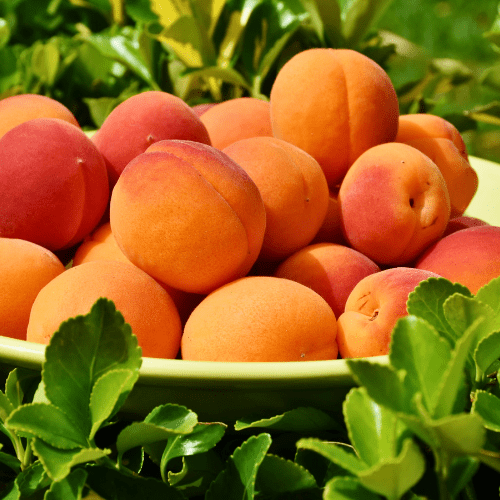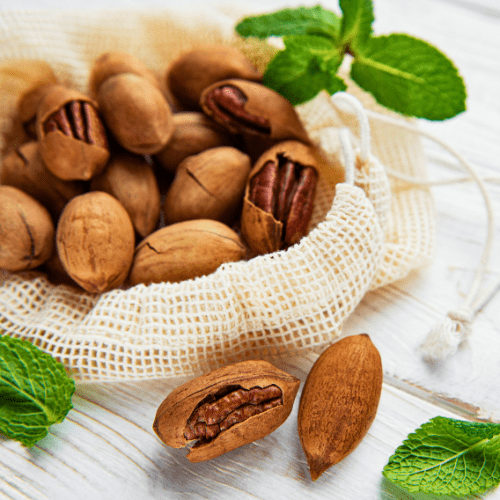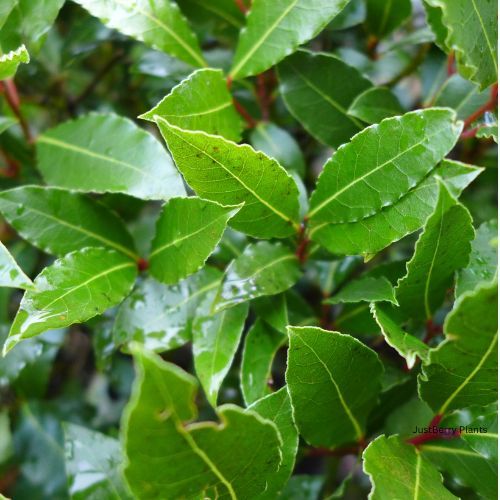Position
The Santa Rosa plum tree needs full sun at least 6 hours of unfiltered sunlight daily. Choose a site that is sheltered from strong winds. They are self-fertilising, so they will produce fruit even if no tree is nearby.
Size
At maturity, this tree will be between 5.5 and 6 metres tall with a spread of 3.5 to 4.5 metres. So, ensure that your tree is in a spot where it has room to grow and extend its roots and canopy out.
Soil Type
Loamy, well-draining soil creates the ideal environment for the roots to get enough water without being waterlogged. The ground should be slightly acidic (ideally between 5.5 and 6.5).
Newly planted plum trees need consistent moisture for root establishment. Mature trees are drought-tolerant but still require regular watering, about 2-3cm per week. Water deeply to encourage deep root growth. Drip irrigation systems and soaker hoses are effective for providing consistent moisture. Water at the base of the tree to avoid wet foliage and reduce the risk of fungal diseases.
Mulch
Apply organic mulch to your plum tree all year round.
Use from 2 to 5 centimetres of pine bark mulch to protect the roots from UV damage and drying out. It retains moisture, and maintains an optimal pH. Do not let the mulch touch the plant stem, as it may cause infection or rot..
Fertilising
Apply our slow-release all-plant fertiliser. Apply 1 teaspoon every 4-5 months. The roots will absorb what they need.
Alternatively, apply a balanced fertiliser (such as 10-10-10) in early spring before new growth begins. Thereafter fertilise annually in early spring.
Pruning
The best time to prune plum trees is during winter dormancy to minimize disease risk. Light summer pruning can manage growth and improve light penetration, but heavy pruning should be avoided. Cut away dead, diseased, or damaged branches. Plum trees benefit from an open-center (vase-shaped) structure. Remove inner branches to allow light and air to penetrate the tree’s center. Remove crossing or rubbing branches. For young trees, establish a strong framework; for mature trees, maintain the desired shape. When making cuts, cut back to a healthy bud and at a slight angle to promote healing. If the tree is getting too tall or wide, prune it to maintain a manageable size.
Remove no more than 20-30% of the tree’s canopy at one time. Over-pruning can stress the tree and reduce fruit production.
Pests
Keep an eye out for pests like aphids, plum mites, and scale insects that can infest plum trees. Watch for signs of infestation and remove fallen fruit and debris to maintain good garden hygiene. Use traps and horticultural oil sprays to control pests.
Harvesting
Your tree should begin to produce fruit when it is about 3 to 5 years old. The plums are ready to be picked when their skin is a beautiful red colour and they pull away easily from the tree.






